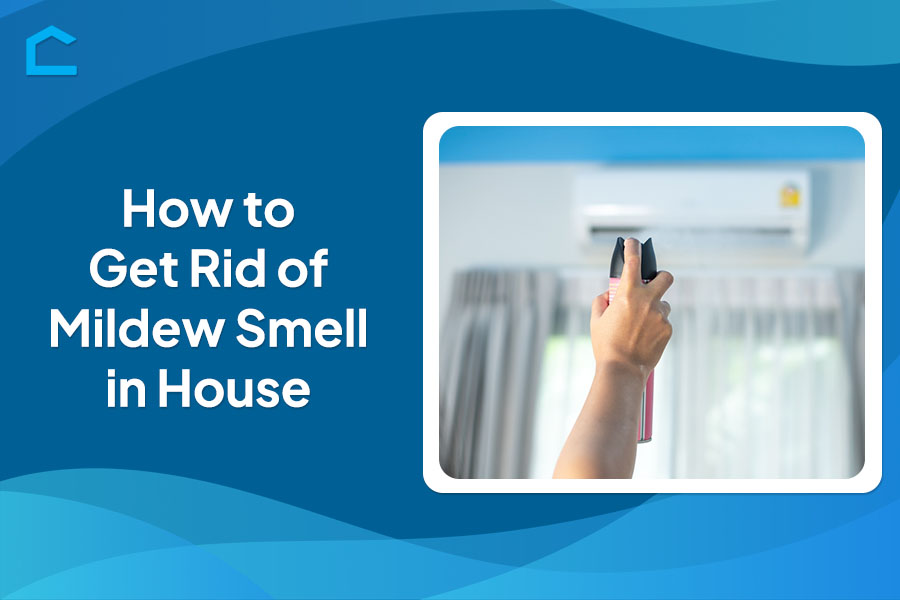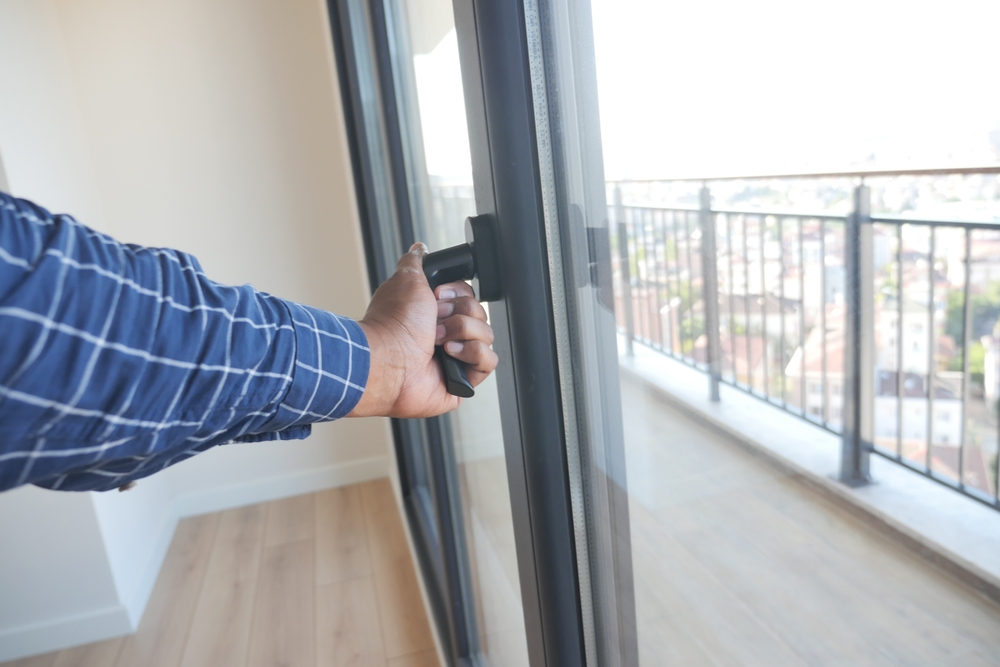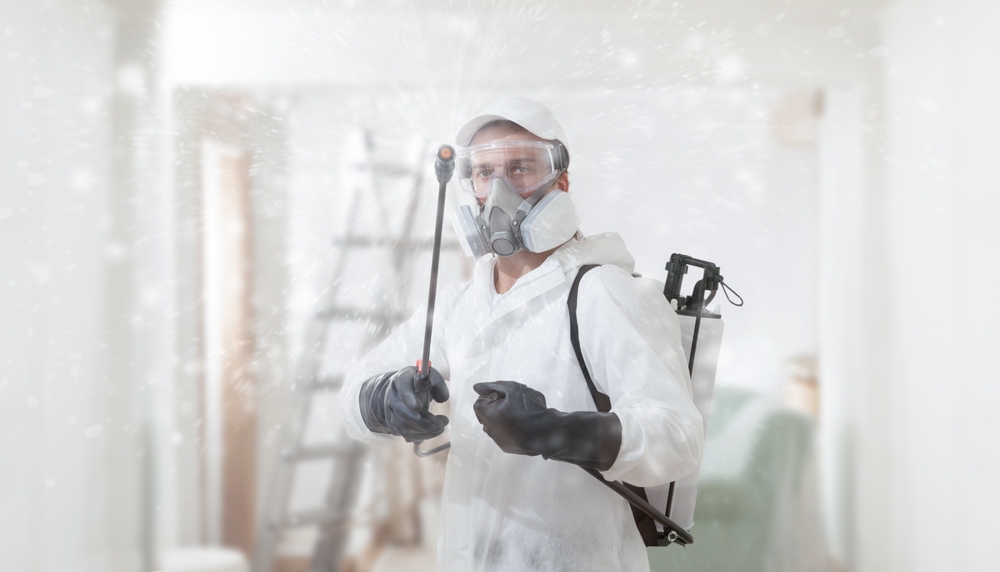How to Get Rid of Mildew Smell in House

The unmistakable musty odor of mildew can turn any home from a cozy sanctuary into an unpleasant environment. The odor may signal moisture problems, impacting air quality and house health. Mildew, a fungus, thrives in damp, poorly ventilated spots like bathrooms, basements, and closets.
Mildew can cause allergies, respiratory issues, and worsen existing health conditions aside from its bad smell. Understanding how to get rid of mildew smell in house is essential for maintaining a healthy living environment.
In this article, we’ll explore effective strategies to banish that stubborn mildew smell from your home. This will create a fresher, healthier living space for you and your loved ones.
By the end, you’ll be equipped with the knowledge to transform your home from a musty maze into a breath of fresh air. Get ready to say goodbye to that unwelcome houseguest called mildew and hello to a home that smells as inviting as it looks.

How to Get Rid of Mildew Smell in House
Identifying the source
If you are concerned about how to get rid of mildew smell in home, start by identifying the source of the smell. Check common damp, warm areas like bathrooms, basements, and kitchens for dark spots on tiles, grout, walls, and floors.
Regularly inspect kitchen cabinets and under sinks. Also, check less obvious places such as under carpets, behind furniture, inside closets and wardrobes, and HVAC vents and filters. Use your senses to detect mildew by looking for black, green, or brown patches and following any musty smells to locate hidden sources.
Regular inspections using sight and smell can help catch mildew early and prevent it from spreading. Addressing mildew promptly keeps your home healthier and prevents potential damage.
Immediate actions to reduce mildew smell
Improve ventilation by opening windows and using fans to push out damp, musty air. Run exhaust fans in bathrooms and kitchens during and after use to quickly remove humid air. Use dehumidifiers in damp areas to control moisture, keeping indoor humidity between 30-50%, and clean them regularly.
Before wet cleaning, try dry brushing mildew with a soft brush, wearing a mask and gloves for safety, and discarding the brush afterward.
Place odor absorbers like activated charcoal or baking soda in affected areas to neutralize smells, replacing them every few weeks for effectiveness. These strategies not only combat mildew odors but also help maintain a healthier indoor environment by reducing moisture levels.

Cleaning and removing mildew from different surfaces
Prioritize safety with gloves and a mask to protect against mildew spores, ensuring good ventilation with open windows or fans.
For effective cleaning, use natural solutions like diluted white vinegar or a paste of baking soda and water. For tougher spots, opt for a 3% hydrogen peroxide solution. Follow manufacturer instructions for commercial cleaners and test them in a small area.
Scrub the mildew thoroughly, rinse with clean water, and dry completely using towels, fans, or a dehumidifier to prevent regrowth. These steps ensure effective and safe mildew removal while maintaining a healthy indoor environment.
When to Call a Professional?
Sometimes, mildew problems are too big to handle alone. If you see large areas of mildew, it’s time to call an expert. Smells that won’t go away even after cleaning could mean hidden mildew. Professionals have tools to find and treat these hidden sources.
If you notice any damage to your home’s structure, get help right away. Also, if anyone in your home has health issues that might be from mildew, it’s best to bring in a pro. They can safely assess and address these serious concerns.

Conclusion
Eliminating mildew smell from your house is crucial for maintaining a healthy and pleasant living environment. By identifying the source, taking immediate action, and implementing thorough cleaning techniques, you can effectively combat this persistent problem.
Remember that prevention is key – controlling moisture levels and improving ventilation can significantly reduce the likelihood of mildew growth in the future.
Knowing how to get rid of mildew smell in house, you can address many issues with DIY methods. However, don’t hesitate to seek professional help for extensive problems or if you’re concerned about health implications.
With the strategies outlined in this article, you’re now equipped to tackle mildew odors and create a fresher, healthier home. Stay vigilant, act promptly, and enjoy the comfort of a mildew-free living space.
